April in the kitchen garden in Andalucia - Companion planting
By Nick Nutter | Updated 5 Mar 2022 | Andalucia | Gardening |
Login to add to YOUR Favourites or Read Later
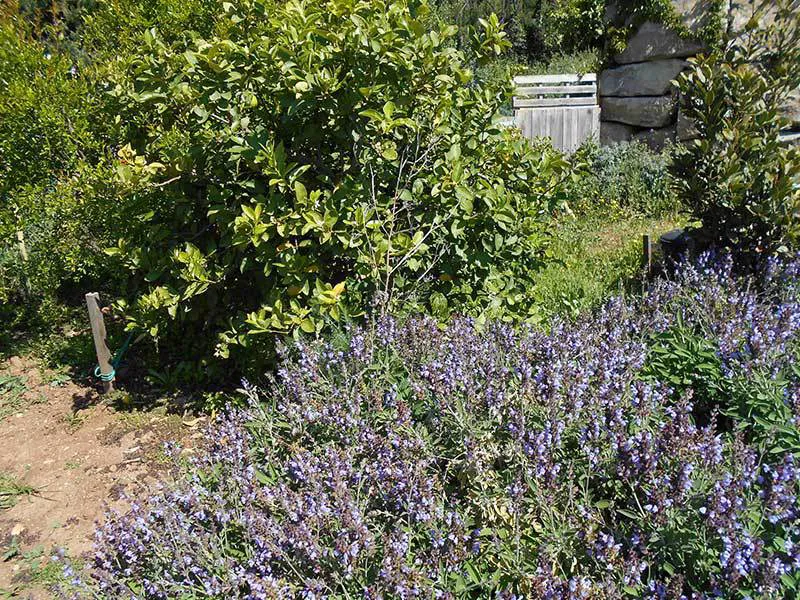
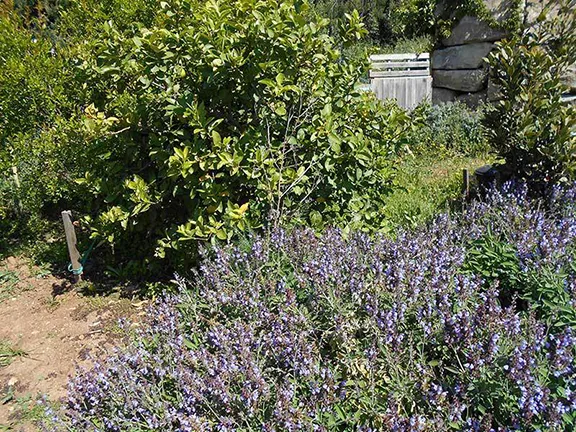
Sage
Most gardeners know the theory of companion planting, onions grown next to carrots for instance. The carrot smell wards off the onion fly and the onion smell wards off the carrot fly. But what about if you want to attract beneficial insects, like bees, to particular parts of the garden? I rely on just three plants to bring the bees to the allotment as a whole and to parts that benefit from a bee’s attentions in particular. The first is lavender. The variety above is a Lavendula angustifolia a sweet scented culinary lavender. I have three different sub species that flower for most of the year between them. The bees love it, especially in winter.
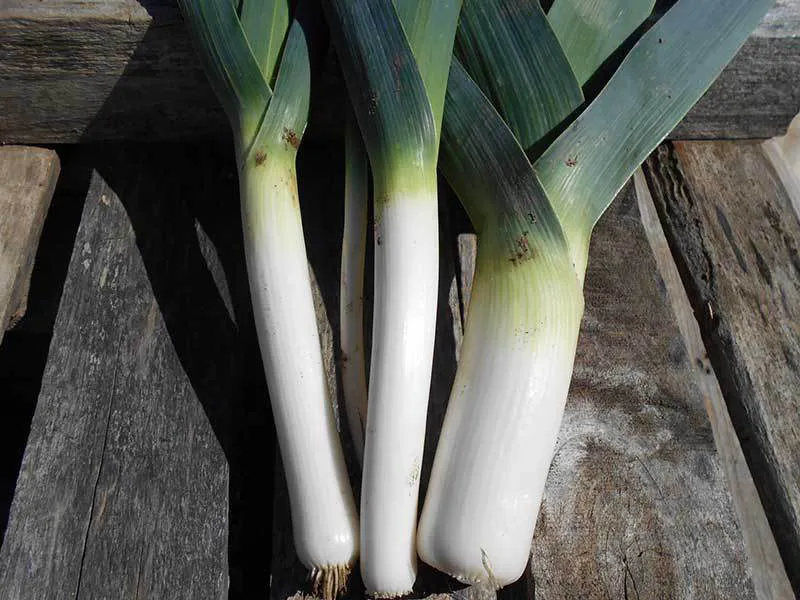
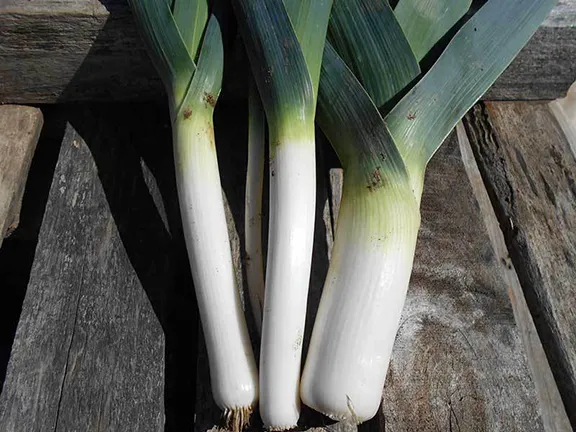
Leeks
The second plant is sage. We eat quite a bit through the year and it is difficult to buy in the supermarkets so I have two bushes going. One in the general herb garden, the other shown above, grown as a hedge beneath the lime, orange and pomegranate. You cannot see them but when I took this photograph the whole bush was buzzing. The bees flit between the fruit trees and the sage so the fruit is well pollinated. As with lavender the flowers appear throughout most of the year here in Spain.
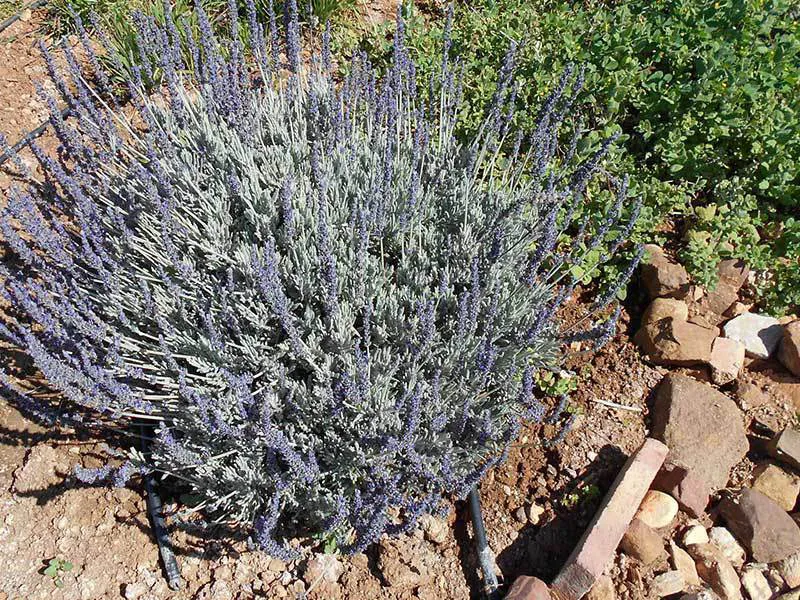
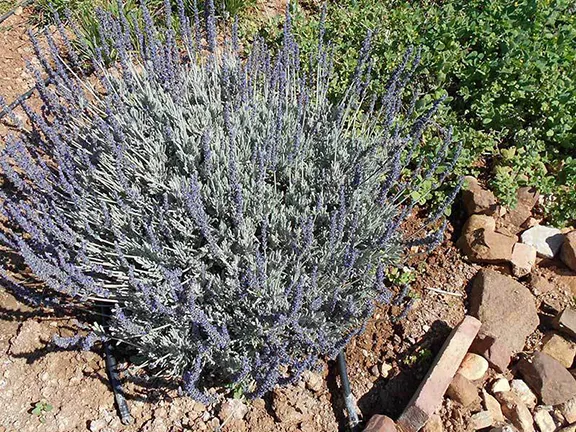
Lavender
The third plant that brings the bees into the allotment is borage. I have tried seeding this plant in an effort to have it grow alongside the bottom fence but failed miserably. It just didn’t grow. This is some sort of wild borage that found the allotment by accident and every spring it shoots up, flowers, then dies back. So long as it is not in the vegetable plots I leave it alone. The one above is trying to take over my shed, otherwise doing no harm at all.
There seem to be three types of bee that visit. Thousands of honey bees, someone close has a hive, a few large bumble bees and a large black bodied bee. In addition I get the occasional hummingbird moth and a large black flying beetle type of affair that does not seem to have a great deal of flight control. It bumps into things, including me.
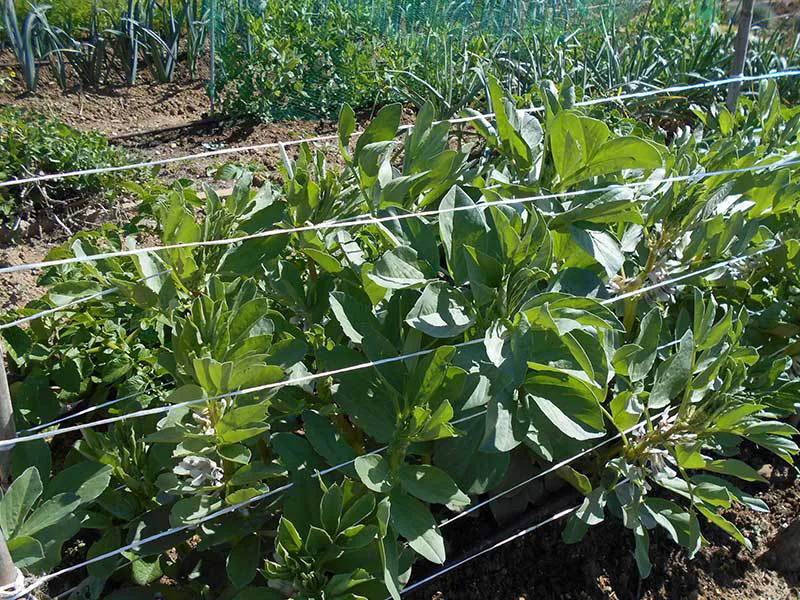
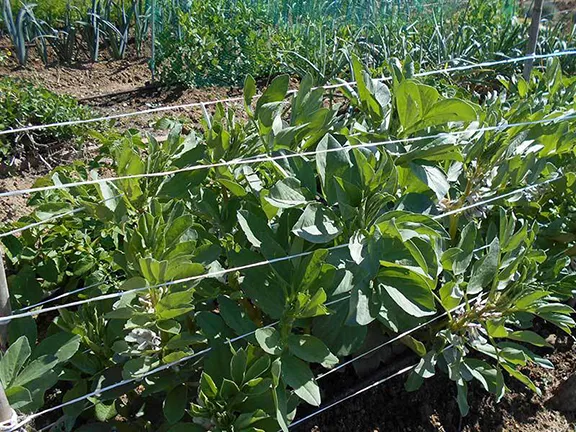
Broad Beans
So, which plants benefit from bees and other insects? These broad beans are a second crop, I put the seed in on the 31st January. Every flower that is pollinated will produce a pod. The same goes for all the beans and peas. All fruit crops (apart from those bred to self pollinate) need pollinating as do the courgettes, cucumbers, melons, squashes and tomatoes. So you see, you can spend an awful lot of time with a fine horsehair brush or get the bees to do it for you.
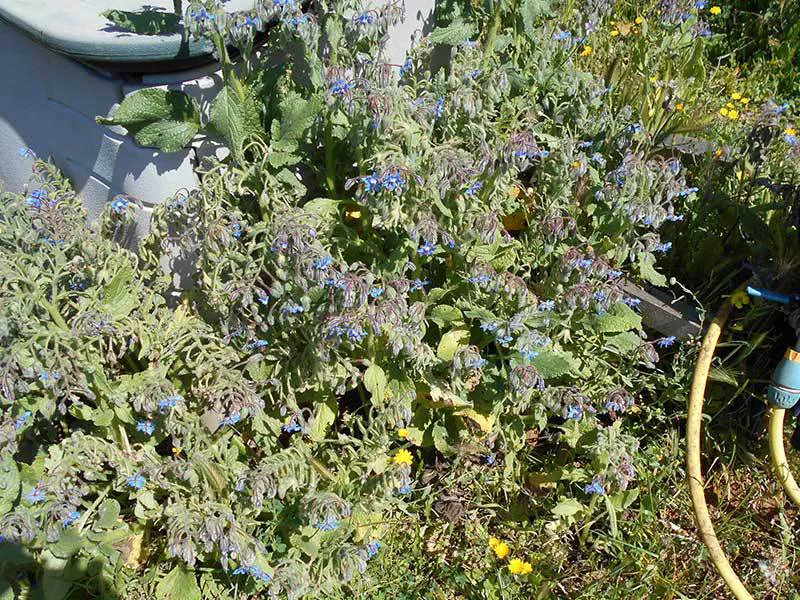
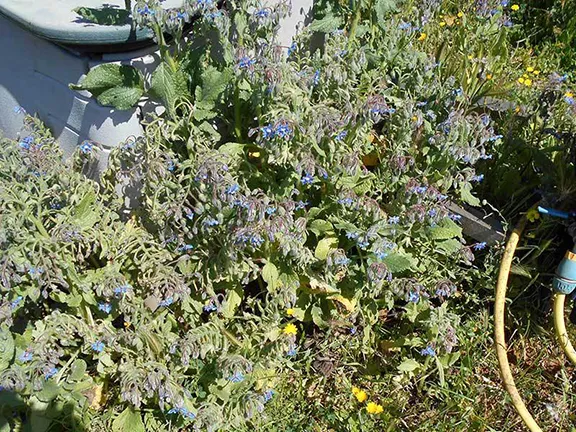
Borage
There is plenty to dig or pick at the moment. Leeks, planted in early December are young and tender now. Onions planted as sets in September are coming ready. There is no need to wait for the outer skins to dry, just dig and eat as required. White cabbage planted in December are coming ready as are the fennel bulbs planted at the same time. I am also lifting the Chantonay carrots sown in the same month.
Sowing and Planting
It has been another busy month. Tomato plants went into prepared beds inter-planted with lettuce. My chilli seeds were sown this month as well. This year I am trying a new variety, Fiery Furnace, supposed to be the hottest there is, in addition to two steady favourites, Jalapeno and Vampire. All my green and yellow courgettes went in on the 22nd March and are just showing now. I am trying a new (for me) variety of squash, an F1 Jaube de Vert. Its a small pumpkin type with white and green skin. I am also trying sweet corn. I sowed seeds in a block last week. They do well here but you have to keep the parrots off when they are ripe or they will decimate your crop. Green beans were sown last week.
This month will see the last of the spring sowing and planting. More squashes and melons, pepinos, flat beans, peppers and aubergines as well as successional sowings of carrots and beetroot and salad crops. I will also be sowing coriander and dill in the herb garden for use later in the year.